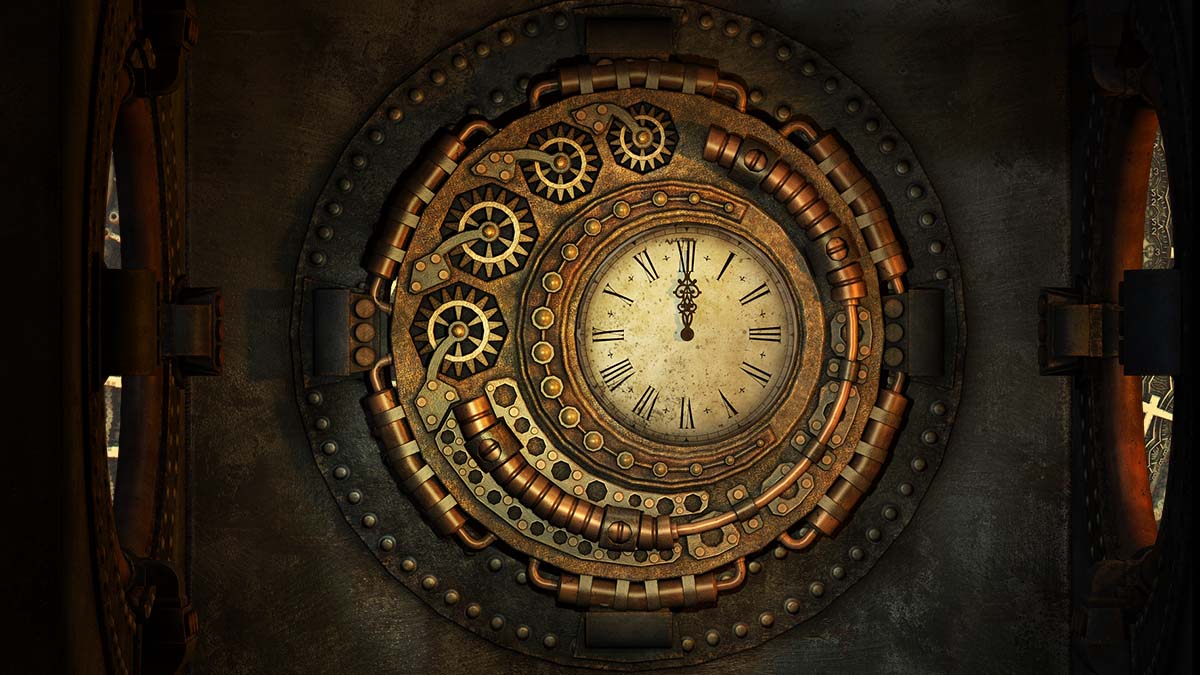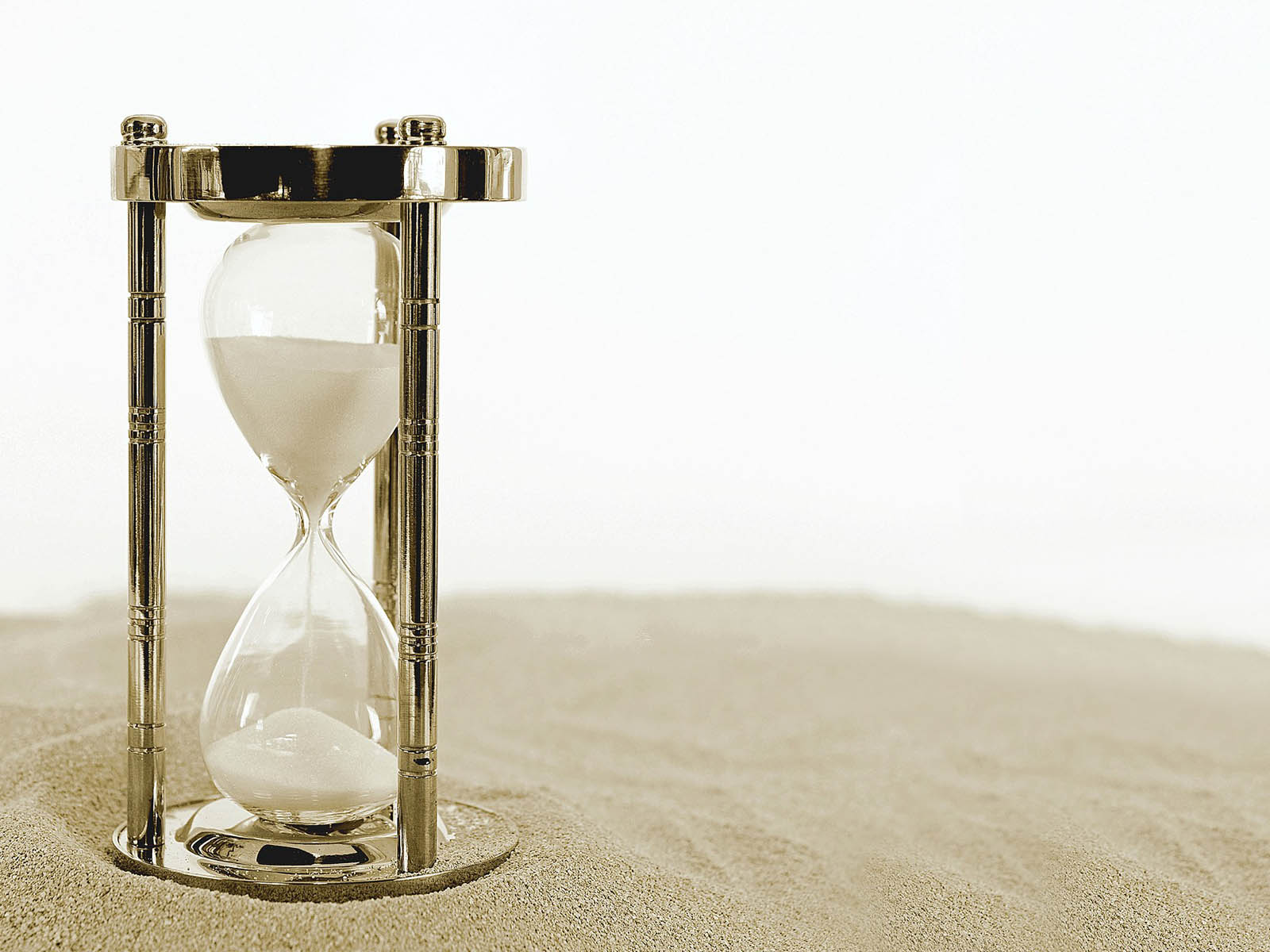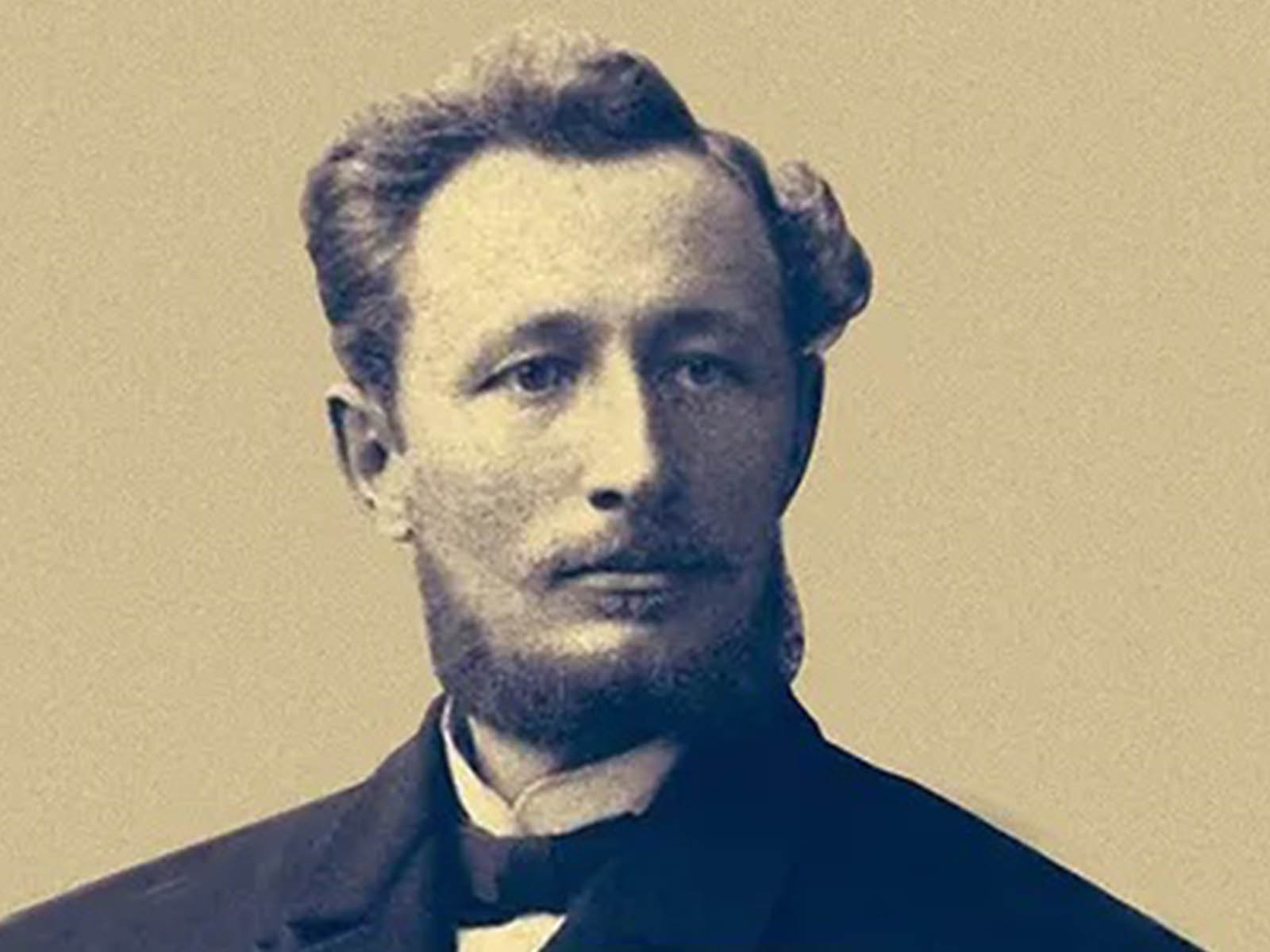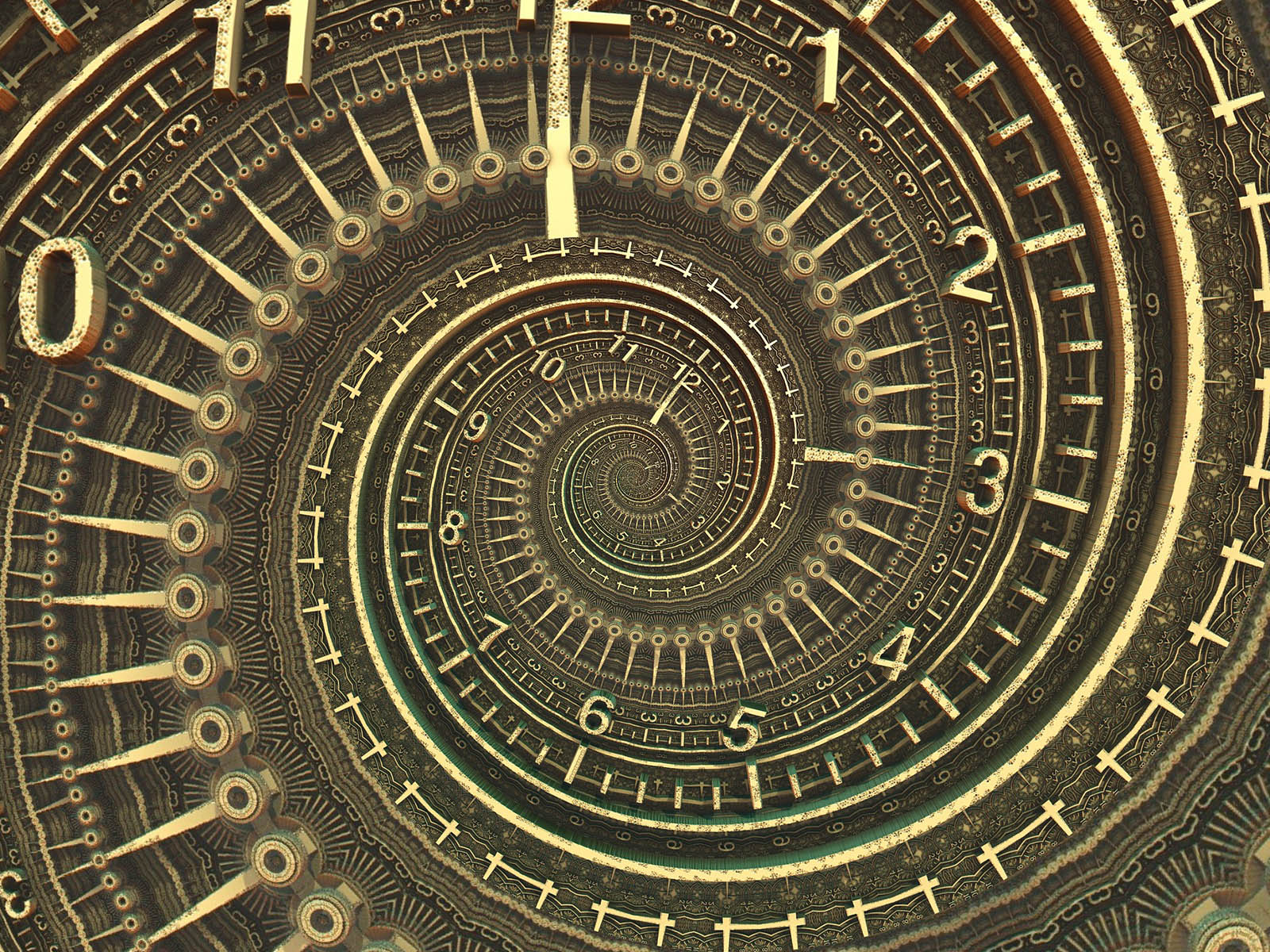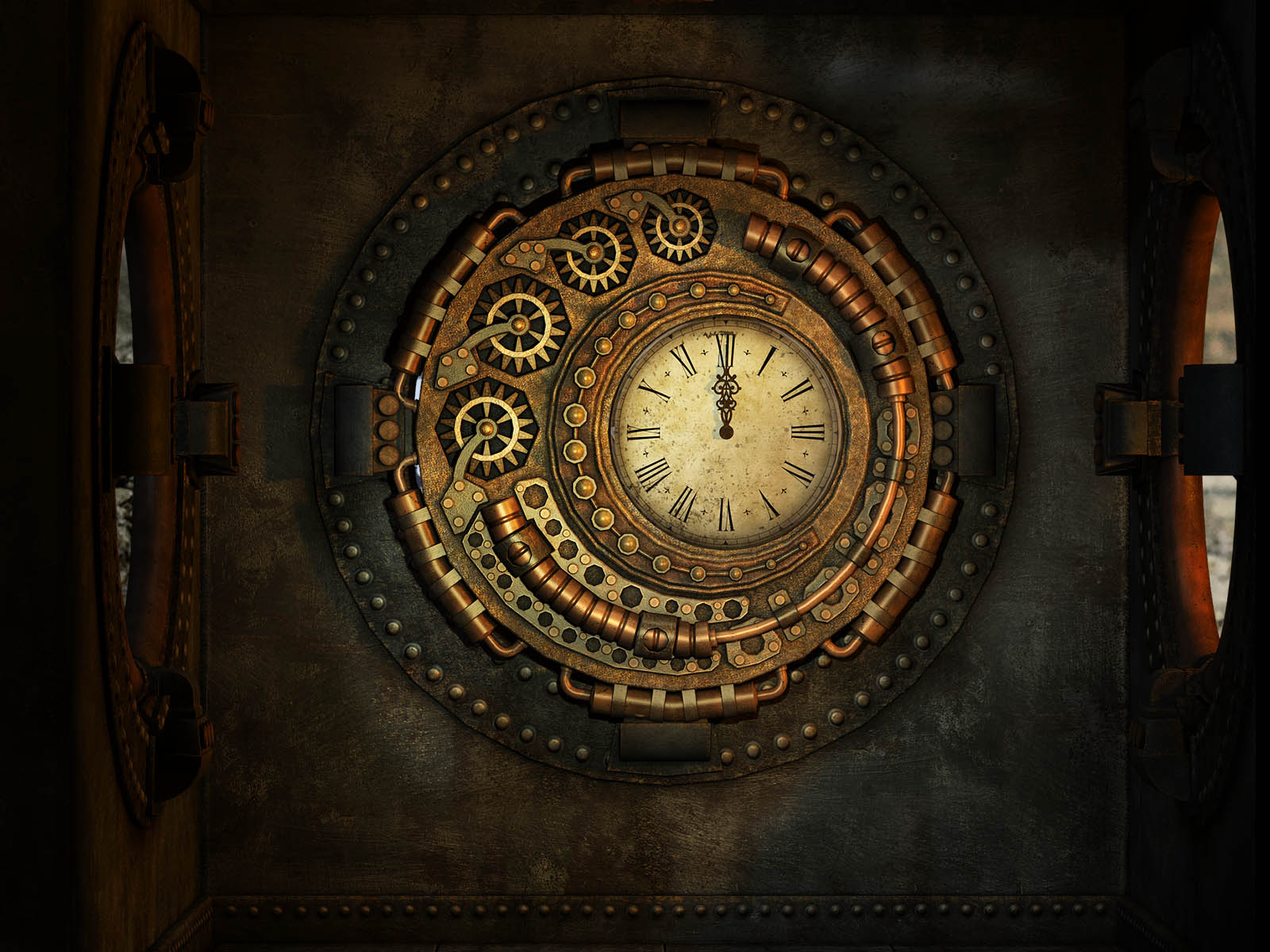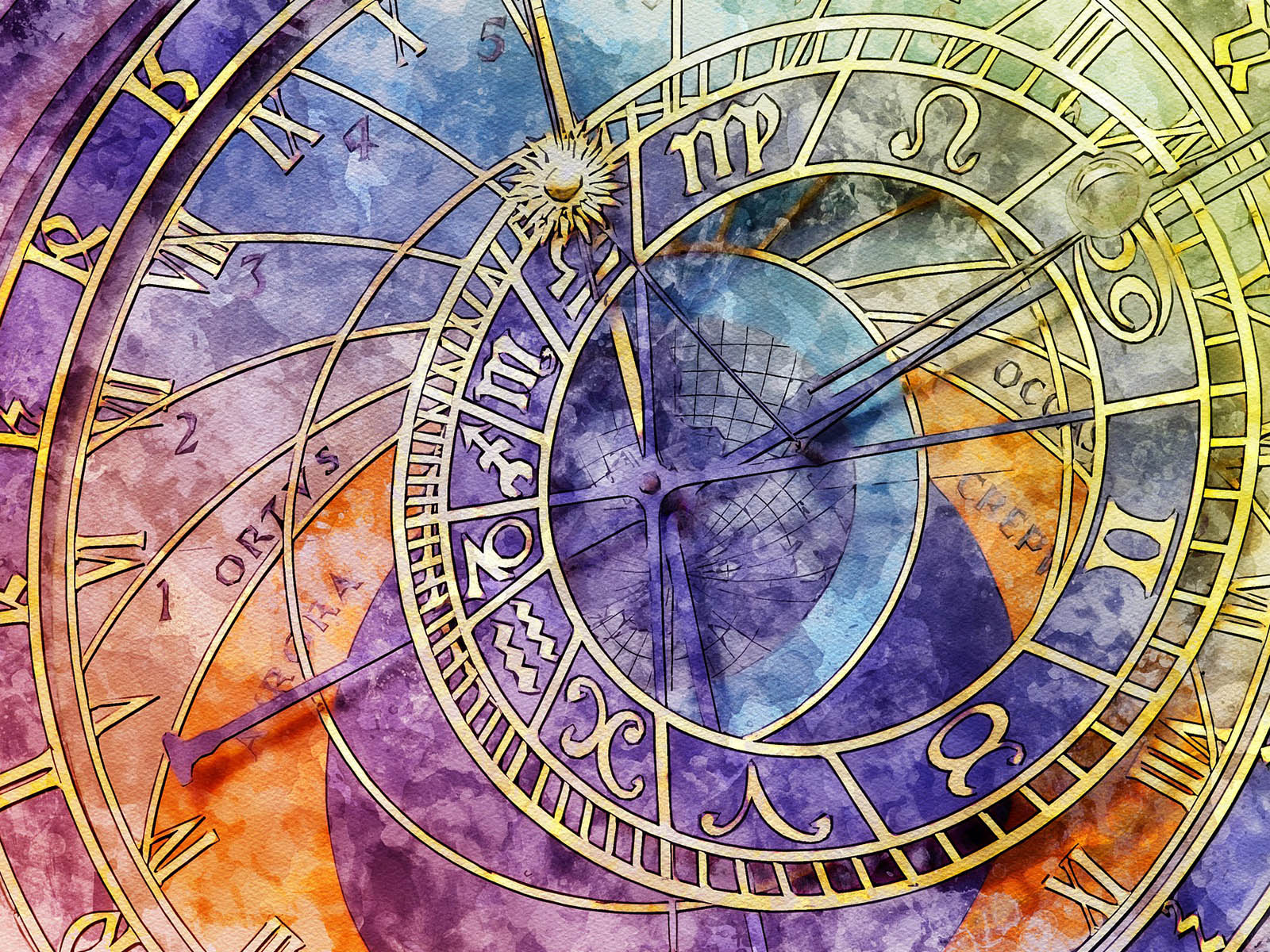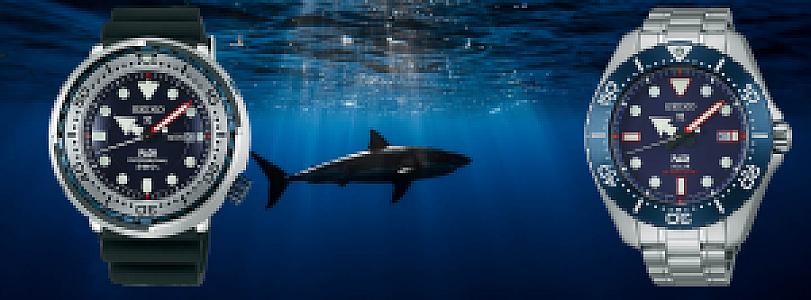We examine the most concrete evidence of our effort to understand time, from ancient Egypt to the present day.
Time is a relative concept. It is also considered an abstract extension (additional dimension) of the three-dimensional universe we live in. According to Aristotle, time occurred as a result of movement. The idea of time is also examined in the theory of relativity along with the three-dimensional house. There is no upper limit to time, but in physics, the period between 10-43 seconds is considered the measurable beginning of time. Putting aside the studies of physics and philosophy on time, let's talk a little about the measurement of time.
As you know, we call the device used to measure time a clock. The first clocks invented in Ancient Egypt around 4000 BC benefited from the principle that the sun sent its rays to the earth from different angles and the shadow lengths of objects changed. The hourglass, water clock, and other primitive measuring instruments took their place among the artifacts of the next few thousand years.
The first example of the mechanical clock that is within our scope of interest was produced by the German locksmith Peter Henlien in 1524. After the first winding watch, watches began to be used as jewelry or accessories for the following 100 years. In 1656, Christiaan Huygens produced the first pendulum clock. The year 1761 witnessed an important event for watchmaking. John Harrison produced the marine chronometer, which was off by only 0.02 seconds per day. While they gained a large monetary reward, the colonial European states also expanded their territories by crossing the merciless oceans thanks to this invention. In 1800, the first pocket chronometer was produced. The second hand was now also used in pocket watches.
So, what is this second thing? According to the International System of Units (SI) definition, the second, that is, the basic unit of time, is the time corresponding to 9,192,631,770 periods of the transition radiation of the Cesium-133 atom at its lowest energy level between two hyperfine levels. You know the 32,768 pulsating number on quartz watches. For Cesium-133, this number is more than 9 billion. Atomic clocks also measure time by using the vibration of Cesium-133. We call 1/60th of a second a millisecond, and 1/1000th a millisecond.
Now let's go back to Egypt. At that time, the vibration frequency of Cesium-133 was not known, nor were precise units of measurement such as seconds or milliseconds used. The first thing one noticed was the repetitive nature of what was happening around. Natural events were constantly repeating. The sun periodically made the same movements. Then, we could talk about a cyclical movement.
The concept of time was defined according to the rotation of the earth around itself in a day. Using the 12-number sequence, ancient Egyptian astronomers divided day and night into 12 equal parts and defined a day as 24 hours. However, these hours could get longer or shorter depending on the Earth's position around the Sun. 2000 years ago, Greek astronomers needed to fix the clocks to calculate the movements of the Moon, and it was decided to divide a day into 24 units of fixed length. The same astronomers decided to divide the hours by 60, an old Babylonian method. Minutes were divided by 60 again to arrive at seconds. This definition remained valid until 1967.
Now let's get to the main problem; The rotation speed of the earth was gradually decreasing, so the days were gradually getting longer. Naturally, the duration of the second also varied. These small changes reached a significant magnitude over time, and the world time lost approximately 3 hours in 2000 years. Basing the definition of a second on non-constant astronomical movements led scientists to different ideas. In this way, scientists realized that the never-slowing movements of the particles within the atom could be used to measure time. Thus, Cesium-133 and the Atomic Clock concept served as a reference in time measurement.
